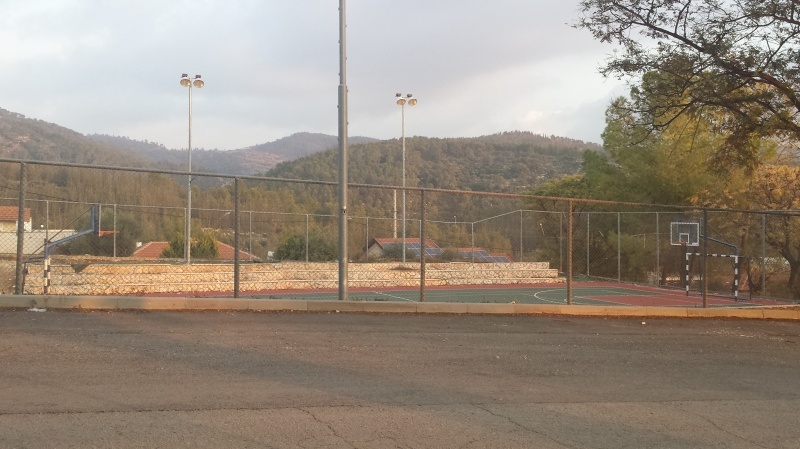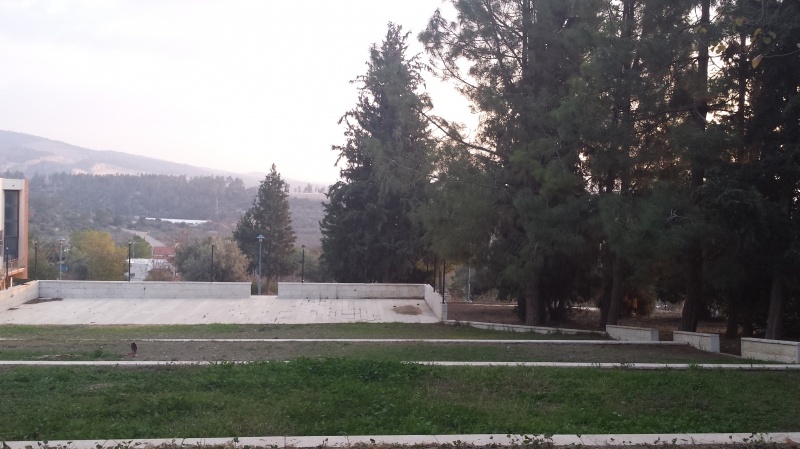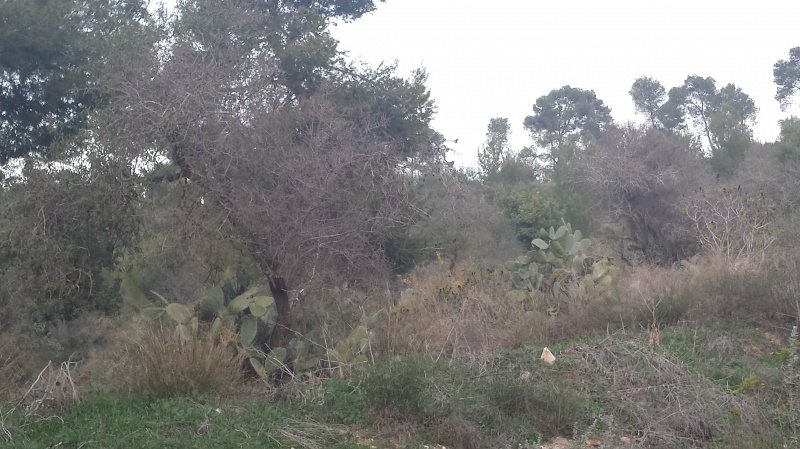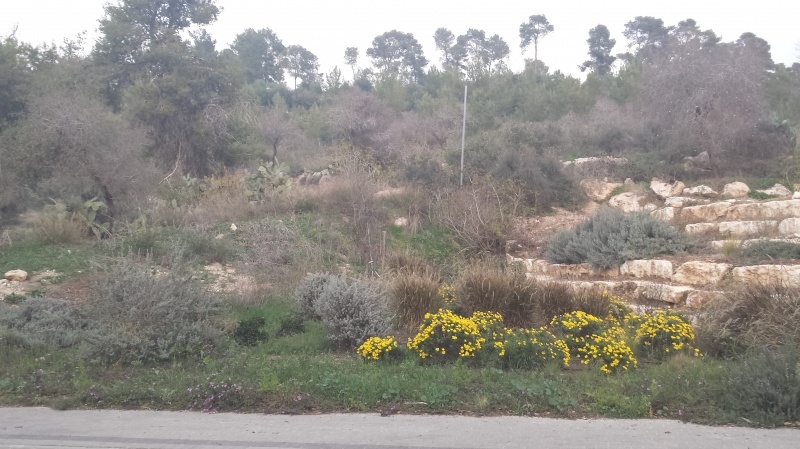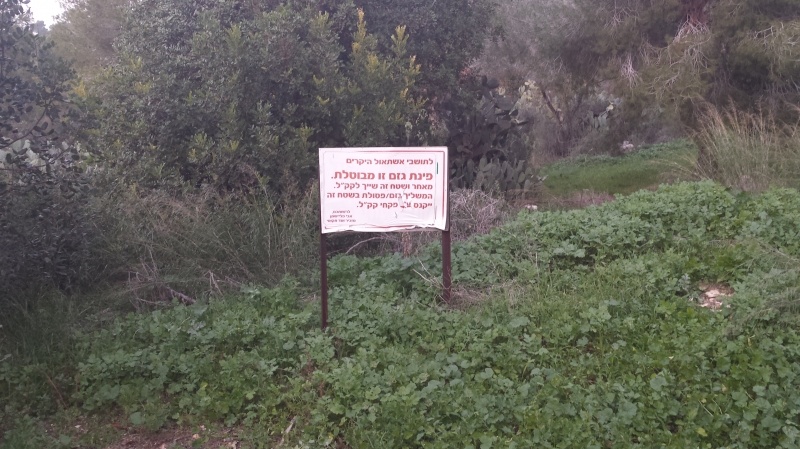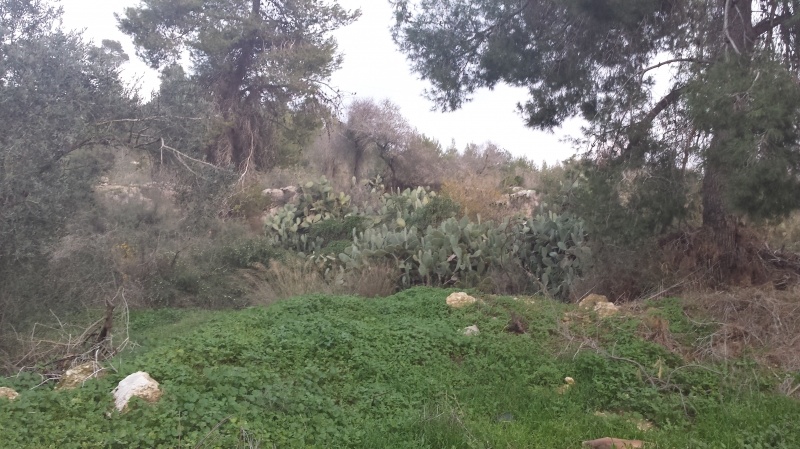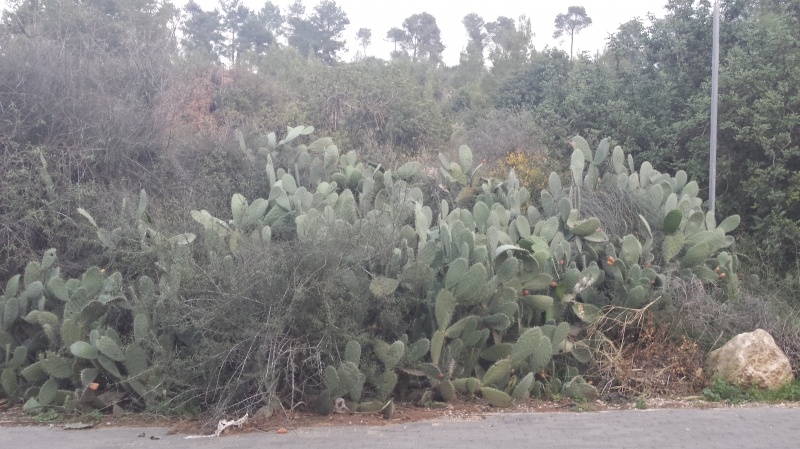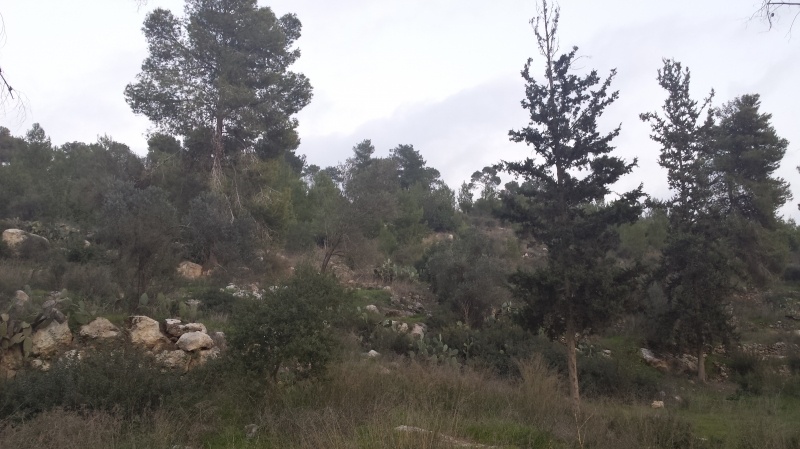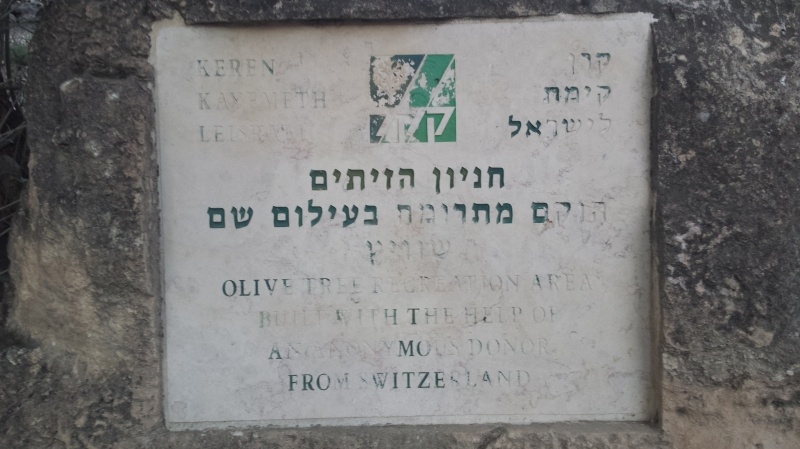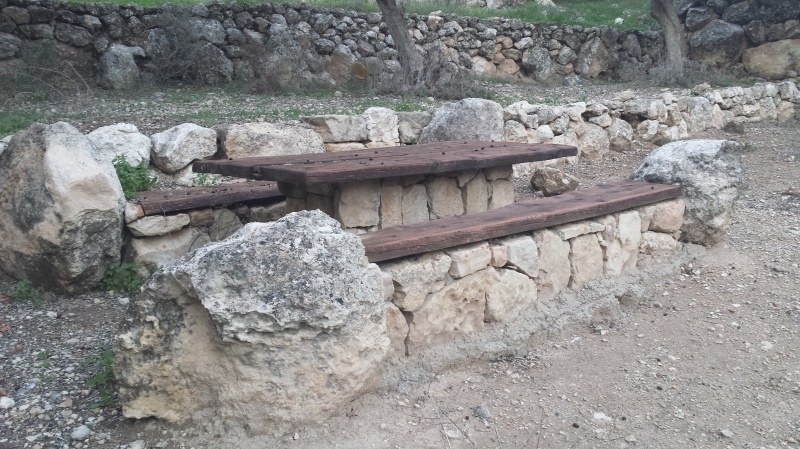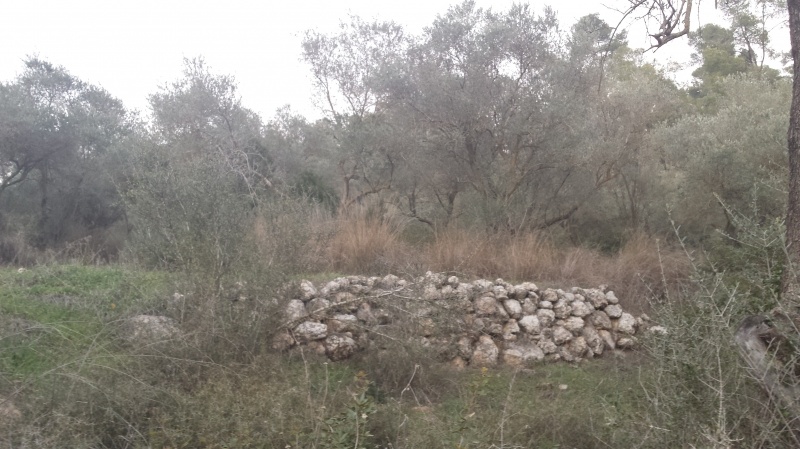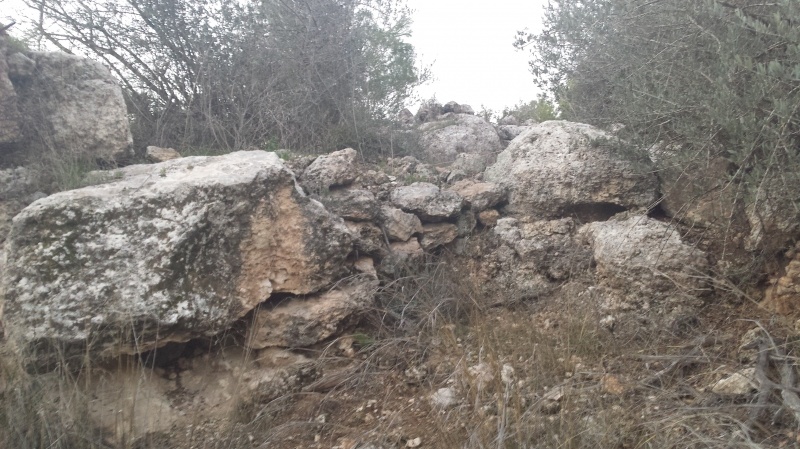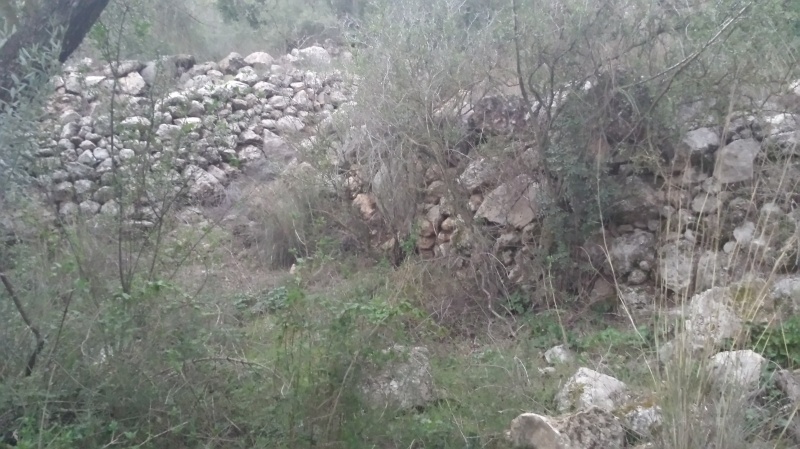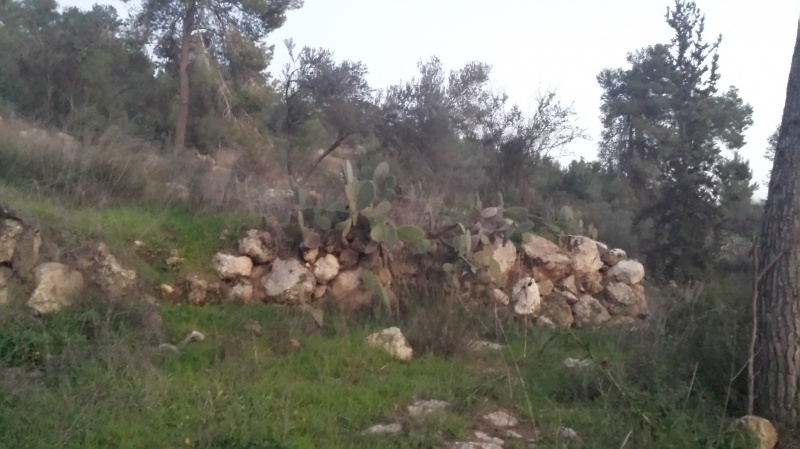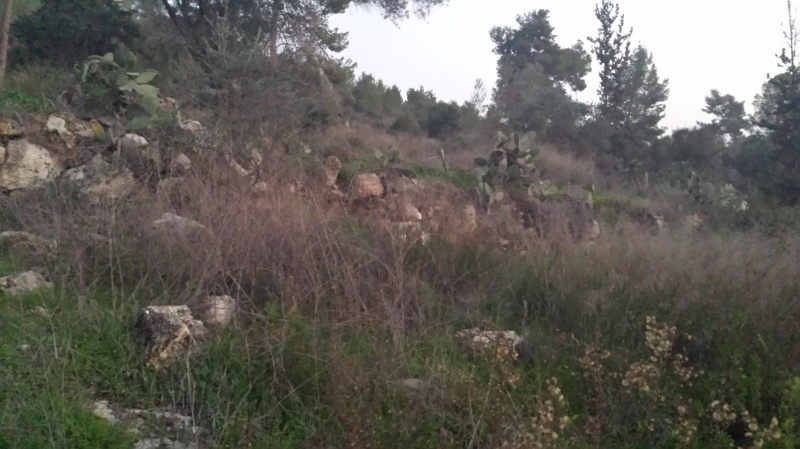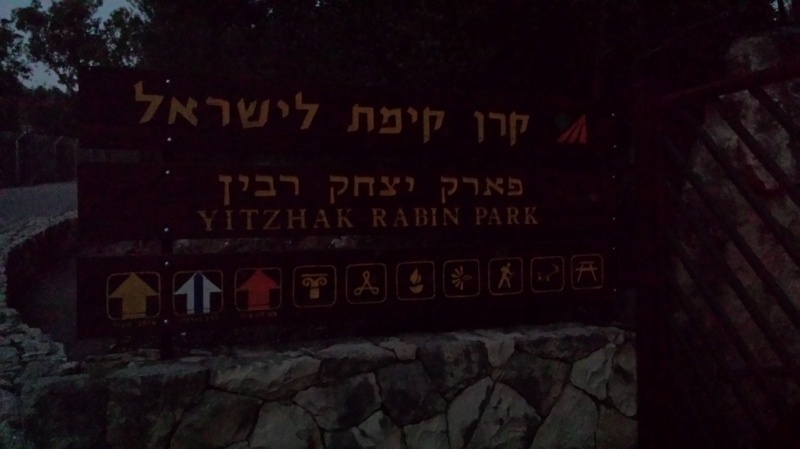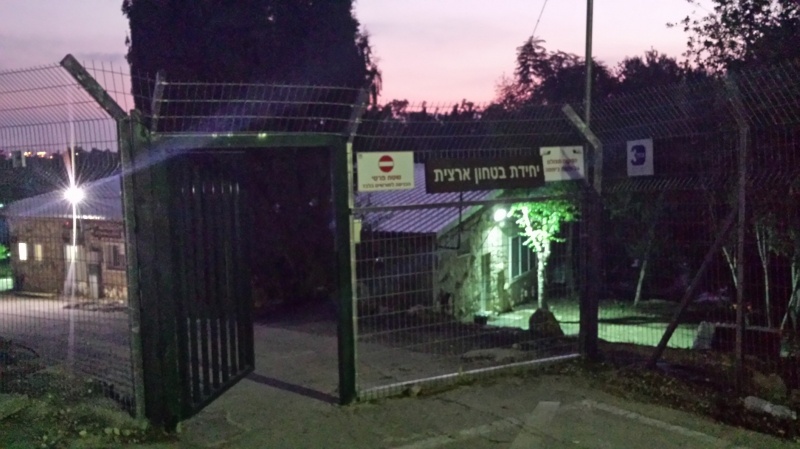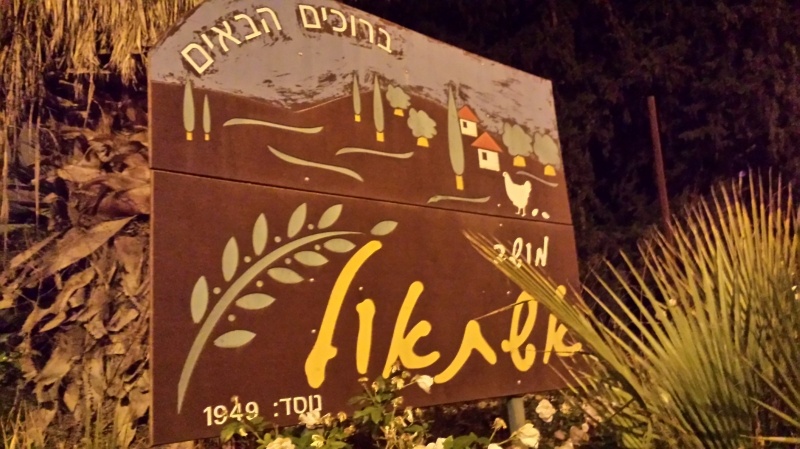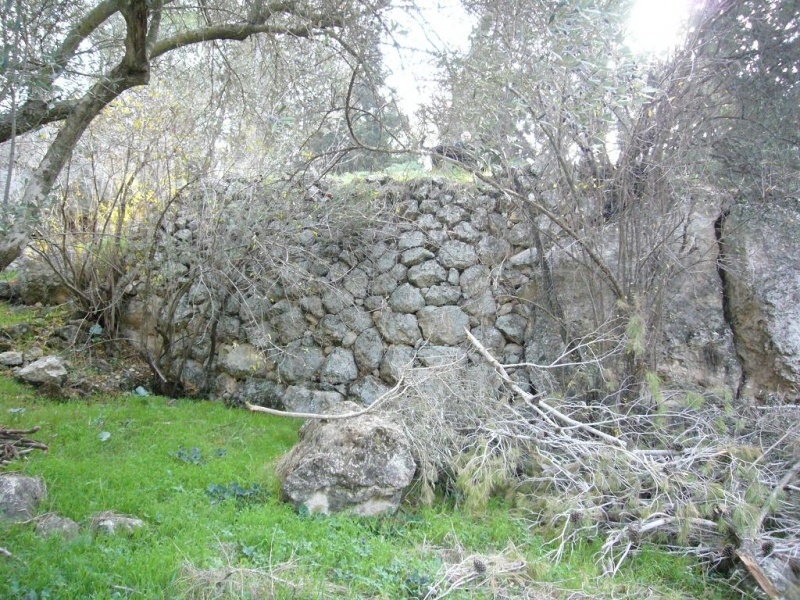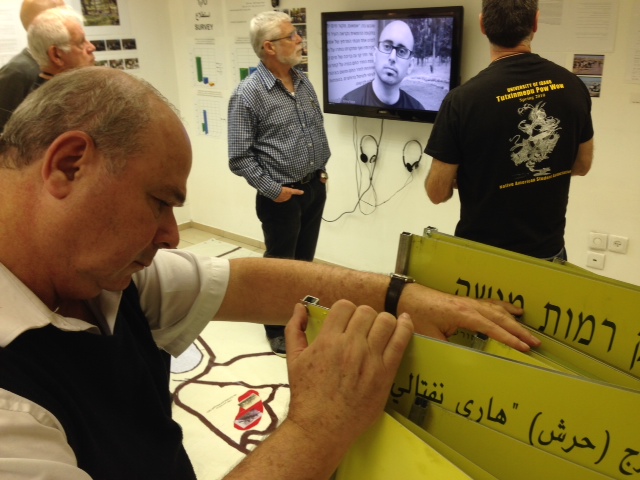Info
District: al-Quds (Jerusalem)
Population 1948: 300
Occupation date: 18/07/1948
Jewish settlements on village/town land before 1948: None
Jewish settlements on village/town land after 1948: Eshtaol
Background:
‘Islin before1948
The village stood on a hill on the southern slope of a mountain 21 km.west of Jerusalem. A wadi ran along its western and southern perimeters. The village was identified with the 16-th century village ‘Islit mentioned in Ottoman tax records. It had 77 inhabitants at that time. In the 1870-s the village was no longer inhabited and the ruins of the 16-th century village were still visible.
Apparently the place was repopulated at the beginning of the 20-th century. In 1931 186 people were living in 49 adobe and stone houses. By 1944-45 the number of inhabitants had risen to 260, all of them Muslims. Springs and wells provided drinking water, while crops –grain, fruit trees, olive trees and vineyards were rain fed. Village lands extended over 2195 dunums.
Occupation and depopulation
Israeli historian Benny Morris is the only source mentioning the fate of ‘Islin. According to him it was conquered by the Israeli army on 17-18 July 1948 along with a chain of other villages in the second phase of operation Dani. ‘ During this operation Israeli troops reached the Ramallah-Latrun road and advanced towards the Jerusalem corridor.
Israeli Settlements on village lands.
The settlement of Eshta’ol founded in 1949 sits on lands belonging to ‘Islin and the neighboring village of Ishwa’.
The village today
Partially destroyed walls and stone terraces can be seen throughout the site. Stone rubble is overgrown by a thick forest, bushes and grass. Many carob trees and some olive trees grow on the northern edge of the site. The JNF has established a plant nursery on the southern edge of the village. Nearby a bus repair yard has been built by the Israeli transport company Egged.
ـــــــــــــــــــــــــ
Source: Walid Khalidi, All that Remains, 1990, 294-295
Information from additional sources:
Salman Abu Sitta, Researcher of Palestinian Refugees estimates that 302 people lived in the village in 1948 ( The Palestinian Nakba 1948, 2000, 54).
Noga Kadman points out that the site of the village today is part of the Eshta’ol forest planted by the JNF. (Noga Kadman, Erased from Space and Consciousness, 2008, Appendix A)


